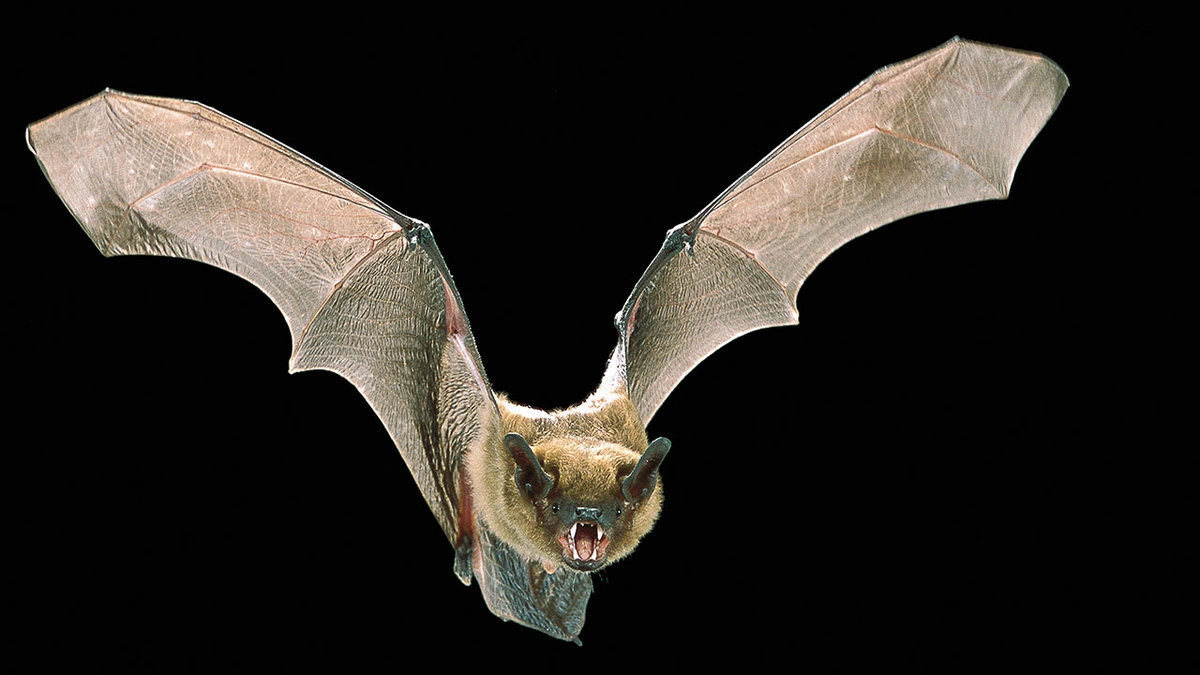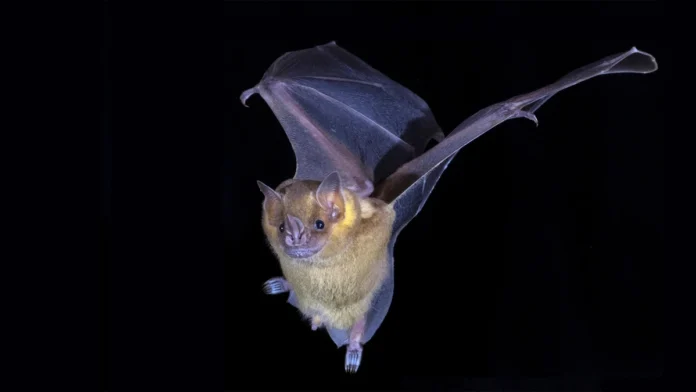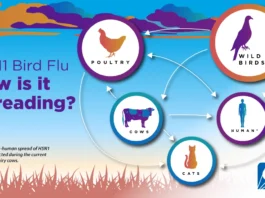Okay, let’s be honest, bats usually conjure images of spooky caves, maybe a cartoon vampire, and definitely not bird-catching aerial predators. But nature, as always, is full of surprises. What fascinates me is how these adaptable creatures constantly redefine our understanding of the food chain . This recent discovery of a giant European bat species preying on birds mid-flight isn’t just a quirky headline; it challenges our preconceived notions and raises some fascinating questions.
The Why | Unpacking the Ecological Implications

So, why does this matter? I initially thought, ‘Cool, a bat eats birds.’ But then I realized the implications. We’re not talking about a tiny pipistrelle snatching an insect. This is a significant shift in predatory behavior. What’s driving it? And what ripple effects will it have on the local ecosystem?
Consider this: European ecosystems , while seemingly stable, are constantly under pressure from climate change, habitat loss, and invasive species. This predatory behavior could be a sign of adaptation to changing food availability, or it might even contribute to declines in vulnerable bird populations. According to research from the University of Lisbon (find the research here) , this particular species, Nyctalus lasiopterus, is one of the largest and most aggressive bats in Europe, and its ability to catch birds adds a new dimension to its ecological role.
But, it is important to consider that conservation efforts might be needed.
The How | Hunting Techniques of an Airborne Predator
Now, let’s delve into the ‘how.’ How does a bat – a creature primarily known for echolocation and insect consumption – manage to catch birds in flight? It’s a feat of evolutionary adaptation. I imagine the hunting techniques are a combination of stealth, speed, and precise aerial maneuvers. Think of it as a feathered ninja facing off against a furry, winged missile.
Here’s the thing: bats are incredibly adept at using echolocation to navigate and hunt in the dark. So, it is possible that these bats are using their sophisticated sonar to detect the subtle movements of birds in flight, even in low-light conditions. Furthermore, their size and powerful wing muscles allow them to achieve impressive speeds and agility, making them formidable predators.
A common mistake I see people make is underestimating the intelligence of animals. These bats aren’t just blindly flapping around hoping to bump into a bird. They’re actively hunting, learning, and adapting their strategies. It’s a fascinating example of natural selection in action.
The Emotional Angle | Fear, Fascination, and the Wild Within
That moment of realization – when you understand that nature is far more complex and unpredictable than you thought – is powerful. We often categorize animals into neat little boxes: predator vs. prey, herbivore vs. carnivore. But this bat throws a wrench in those simplistic classifications. It reminds us that the wild is still out there, full of surprises and defying our expectations.
But there is also a sense of fear. I can’t help but think of how that fear impacts the populations of the birds in that area.
What fascinates me is that on one hand we fear these creatures, and on the other they play key roles in the balance of nature .
LSI Keywords | Bat Conservation, Bat Species, Bat Facts, Bird Predation, Wildlife Conservation, Ecosystem Dynamics, Animal Behavior
The Future | What’s Next for Bird-Eating Bats?
So, what does the future hold for these bird-eating bats? Will this behavior become more widespread? Will it lead to evolutionary arms races between bats and birds? It’s impossible to say for sure, but one thing is clear: This discovery is a reminder that nature is constantly evolving, adapting, and surprising us.
And that, my friends, is why it matters. It forces us to reconsider our assumptions, to appreciate the complexity of the natural world, and to be a little bit more humble in our understanding of it. Next time you see a bat, remember it might be doing more than just catching insects – it might be hunting birds in the night sky. So, the future impacts are still unknown.
FAQ About Giant European Bats
What kind of bat is this?
It’s a Nyctalus lasiopterus, one of the largest bat species in Europe.
Are these bats dangerous to humans?
No, they primarily prey on birds and insects.
Where do these bats live?
They are found in parts of Europe and Asia.
How do these bats catch birds?
They use a combination of speed, agility, and possibly echolocation to catch birds in flight.
Why are these bats eating birds?
It is most likely due to adapting to changing food availability.
What is bat conservation?
Bat conservation involves protecting bat populations and their habitats.




